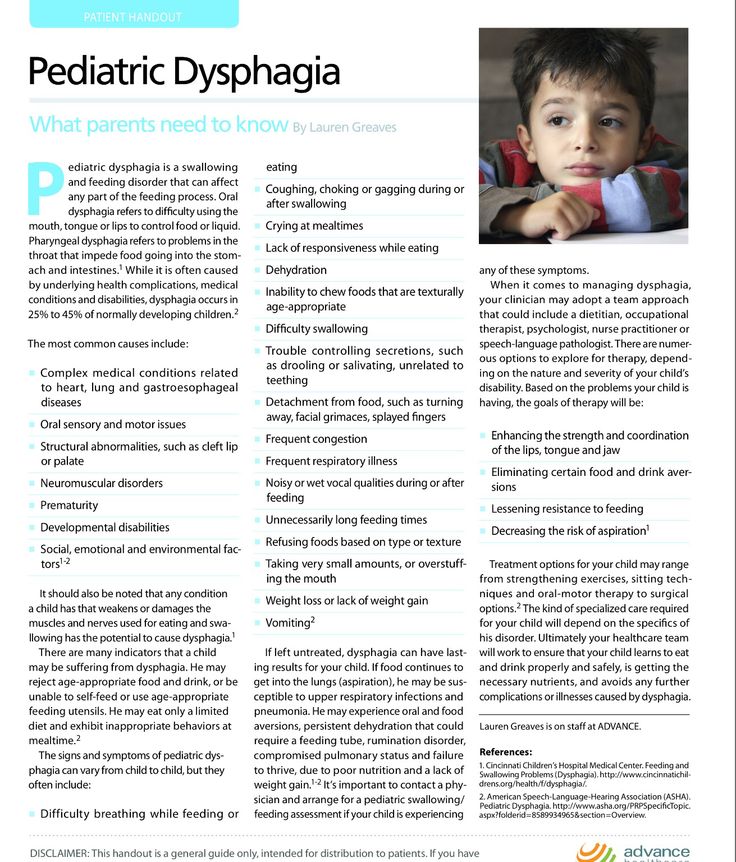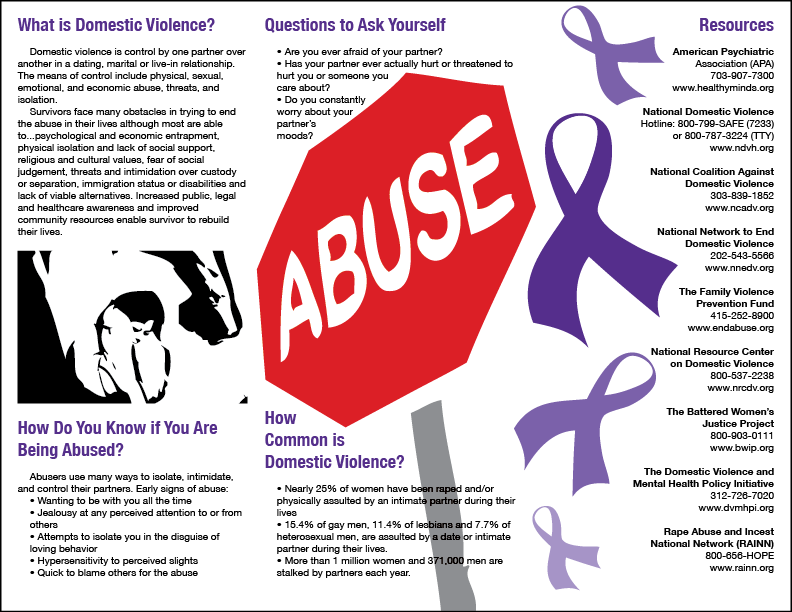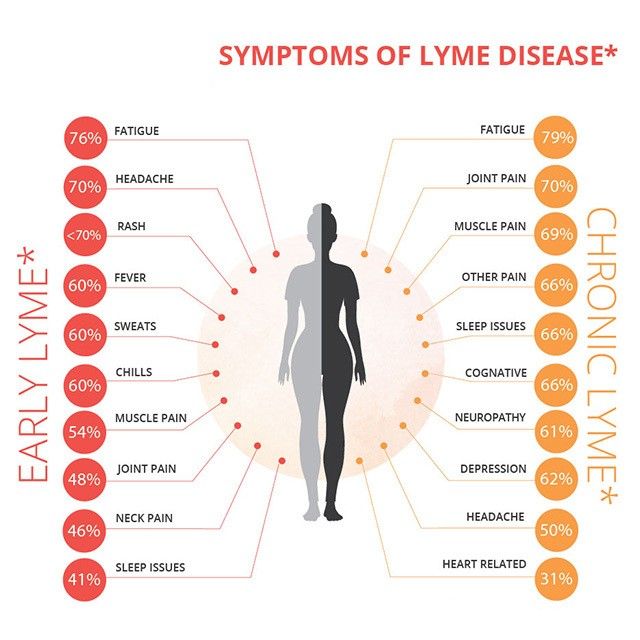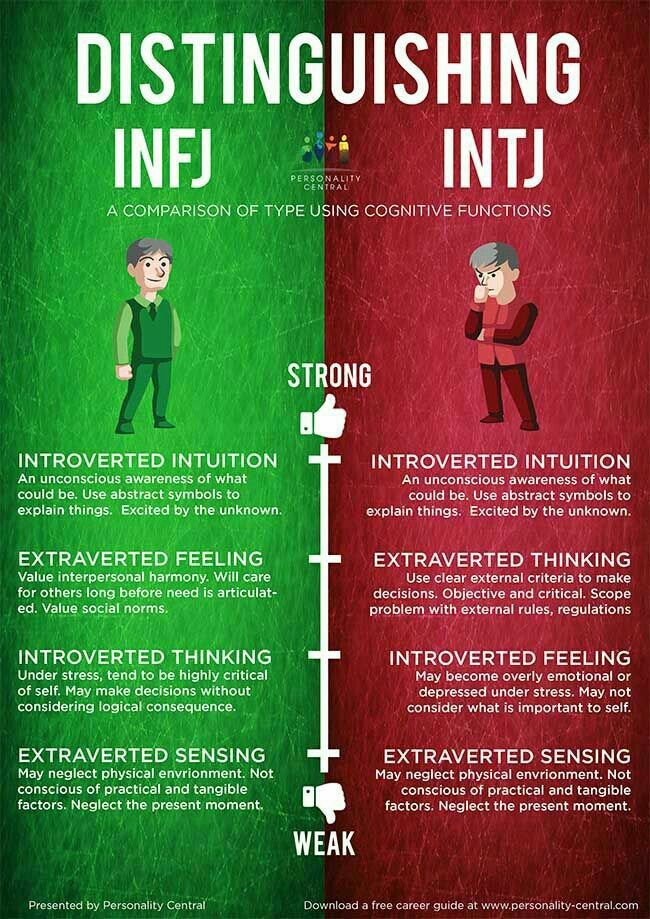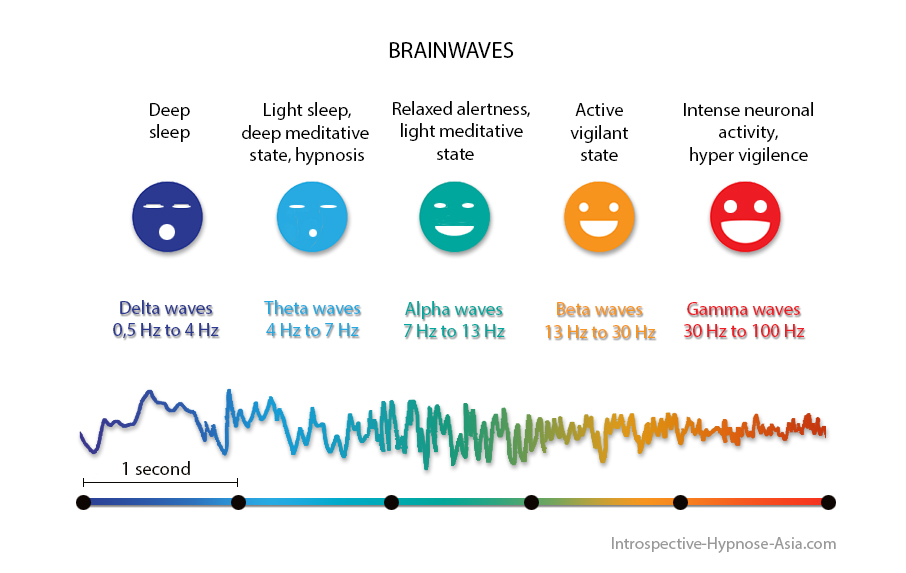Developmental disorders in children list
Childhood Developmental Disorders: Types and Symptoms
Our differences make us unique. For some children, individuality may include living with a developmental disorder.
Developmental disorders affect everyone differently. Your child might experience mild impairment, or they may need mechanical assistance during the day.
Living with a lifelong condition doesn’t mean quality of life is absent, however. Children can lead full, happy lives, even when faced with developmental challenges.
Developmental disorders, sometimes referred to as childhood disorders, are physical or brain-based conditions that affect a child’s progress as they grow and develop necessary life skills.
These disorders may impact areas such as:
- mobility
- biological function
- cognition (learning)
- physical or emotional independence
- language
- the five senses and perception
- social skills
Many childhood developmental disorders are present before birth and last throughout life. They may also occur as the result of injury, trauma, or other medical factors during childhood.
What’s the most common childhood developmental disorder?
Childhood developmental disorders can affect anyone of any race, gender, or national origin.
In the United States, approximately 17% of children between the ages of 3 and 17 live with at least one developmental disorder.
A 2019 review examining studies between 2009 and 2017 revealed that attention deficit hyperactivity disorder (ADHD) was the most commonly seen developmental disorder in children.
Any condition that impacts development in childhood and persists into adulthood may be classified as a childhood developmental disorder.
Not all developmental disorders impact a large number of children. Your child may live with a rare genetic trait or experience an injury that causes long-term, unique effects.
Common developmental disorders include:
- autism spectrum disorder
- learning disorders
- ADHD
- fetal alcohol spectrum disorders
- language disorders
- physical challenges
- other developmental delays
Autism spectrum disorder
While often lumped in under “learning disorders,” autism is a neurodevelopmental disorder and doesn’t always affect your child’s ability to learn.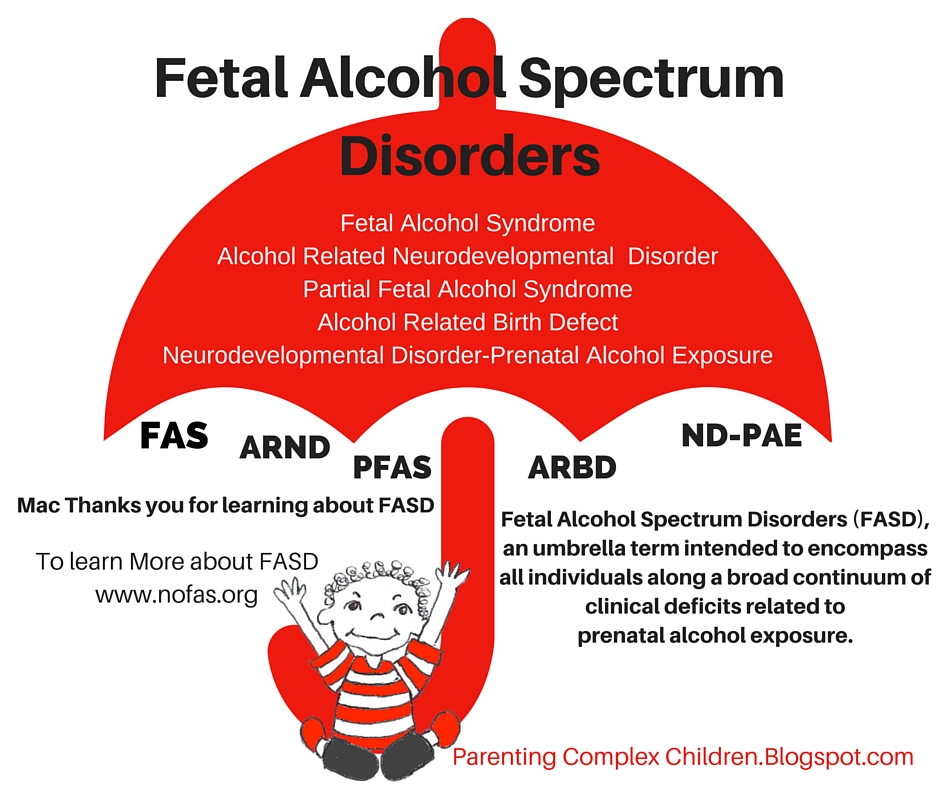
Instead, behavior, communication, sensory, and social skills challenges may be the most noticeable signs.
While there may also be learning difficulties in some skill areas, many autistic children are gifted.
Learning disorders
There are three main types of learning disorders that can affect how well your child processes information.
These disorders can be present no matter what your child’s intelligence level is. Learning disorders have to do with academic weak spots, not smarts.
Reversing letters while reading or difficulty distinguishing left from right could indicate a learning disorder.
Some children may also find math challenging or may have difficulty with writing skills.
Common learning disabilities include:
- dyslexia
- dysgraphia
- dyscalculia
ADHD
Like autism spectrum disorder, ADHD is often incorrectly considered a learning disorder.
Symptoms of ADHD can include hyperactivity and difficulty focusing on the task at hand.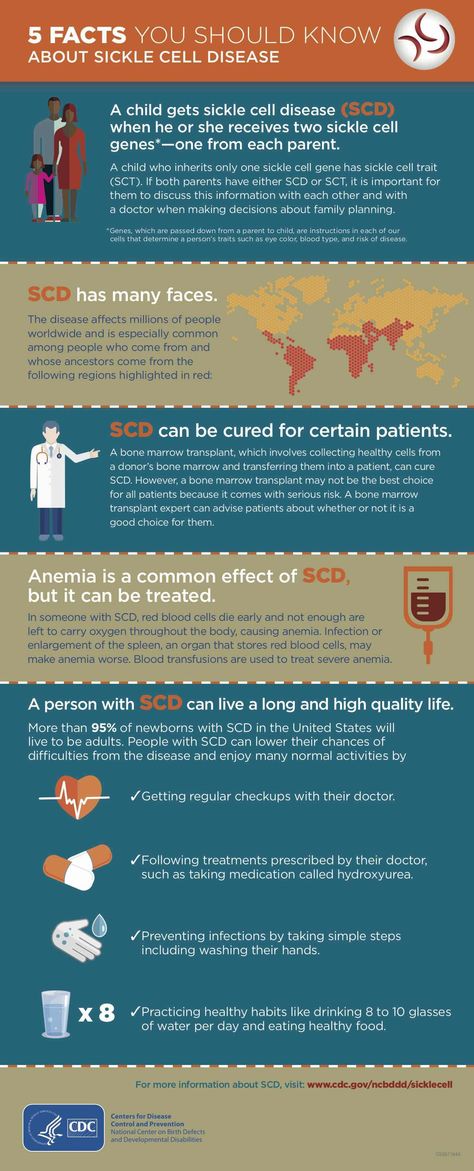 These could lead to challenges in a learning environment, but they aren’t a learning disability.
These could lead to challenges in a learning environment, but they aren’t a learning disability.
Fetal alcohol spectrum disorders
Fetal alcohol spectrum disorders result from a birthparent consuming alcohol during pregnancy.
Known as FASDs, these conditions may cause a number of side effects for the growing fetus and baby, including:
- low body weight
- non-typical facial features
- vision and hearing problems
- cognitive difficulties
- executive functioning challenges
Common types of FASDs include:
- fetal alcohol syndrome (FAS)
- alcohol-related birth defects (ARBD)
- alcohol-related neurodevelopment disorder (ARND)
- neurobehavioral disorder associated with prenatal alcohol exposure (ND-PAE)
Language disorders
If your child experiences challenges related to communication, a language disorder may be the cause.
Language disorders can include symptoms such as:
- stuttering or stammering
- not understanding words
- inability to express themselves
- difficulty speaking words or making sentences
- delayed ability to speak
Common language disorders include:
- auditory processing disorder
- aphasia
Intellectual disorders
Intellectual disorders aren’t the same as learning disorders.
Intellectual disorders are diagnosed when a child has lower capacity for reasoning, learning, and applying skills. This refers to “IQ”, or intelligence quotient.
Lower than average IQ can be reflected in daily functioning and is the primary trait of intellectual disorders.
Your child may experience an intellectual disorder as the result of a different, co-occurring developmental disorder, such as fetal alcohol syndrome.
Physical challenges
Childhood developmental disorders often present as physical challenges.
It may be something obvious, such as a physical difference that requires the use of a wheelchair, or it may be something less visible, such as a change in brain structure.
Common childhood developmental disorders with physical challenges include:
- cerebral palsy
- muscular dystrophy
- spina bifida
Other developmental delays
Not every delay is a disorder. Some children may take longer than others to develop certain skills or hit specific developmental milestones.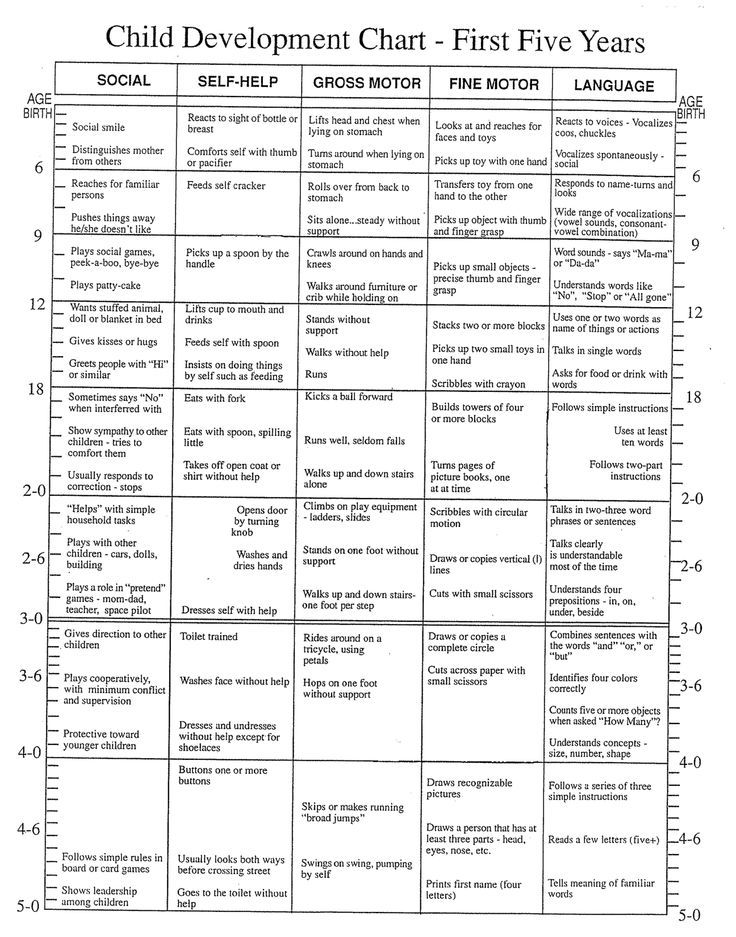
Your child may take an extra 3 months to start walking, for example, but this may never develop into something that impacts adult life.
In some cases, your child may present with a developmental disorder that can’t be clearly defined. This doesn’t mean what they’re experiencing isn’t real.
Your child may be living with a developmental disorder that shares traits with many other conditions and can’t be classified as a single diagnosis.
Developmental disorder vs. intellectual disability
Intellectual disabilities are conditions that negatively impact a child’s IQ.
Developmental disorders, on the other hand, don’t necessarily have to do with intelligence.
While they can include intellectual disability, developmental disorders may also only affect behavior, mobility, or other aspects of a child’s development and growth.
The impact of a childhood developmental disorder on adulthood may depend on the type and severity of the condition and the area of development it impacts.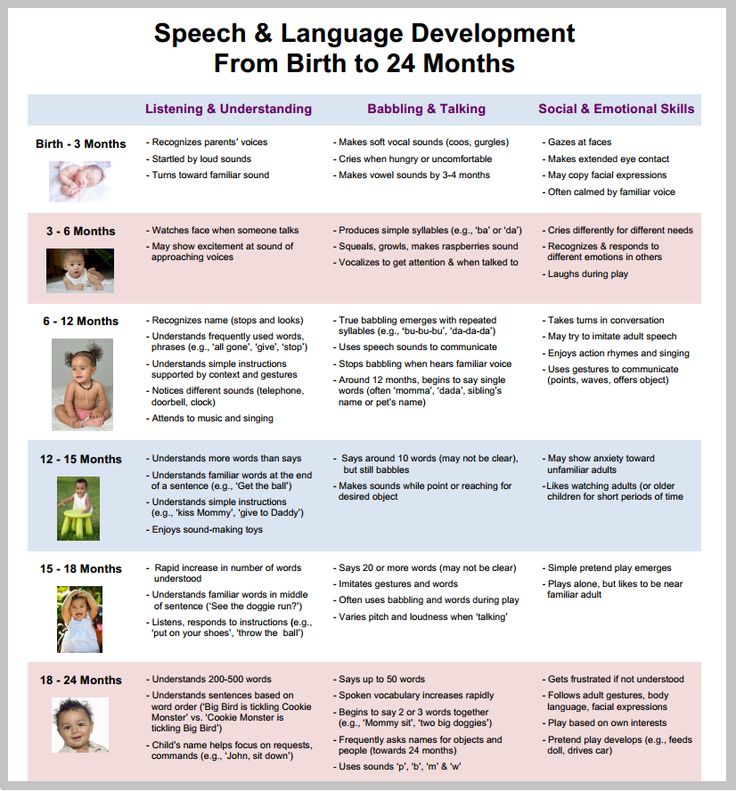
Some conditions, like anxiety or depression, can be treated and managed from childhood through adulthood.
Other conditions, such as those related to language, may be outgrown with the help of targeted therapy and repetition.
Genetic traits or physical challenges that result in a developmental disorder may require mechanical aids, such as prosthetics or mobility chairs.
Many children adapt to life with a developmental disorder. If it’s always been a part of their lives, they often learn early how to accomplish things in their own way. It’s also typical to see them develop additional skills in other areas that help them cope with their challenges.
When they reach adulthood, new situations may test that ability to adapt.
Adults living with developmental disorders, like learning disabilities, may meet challenges related to:
- employment
- education
- relationships
- independence
Assistance and symptom management are available in all of these areas.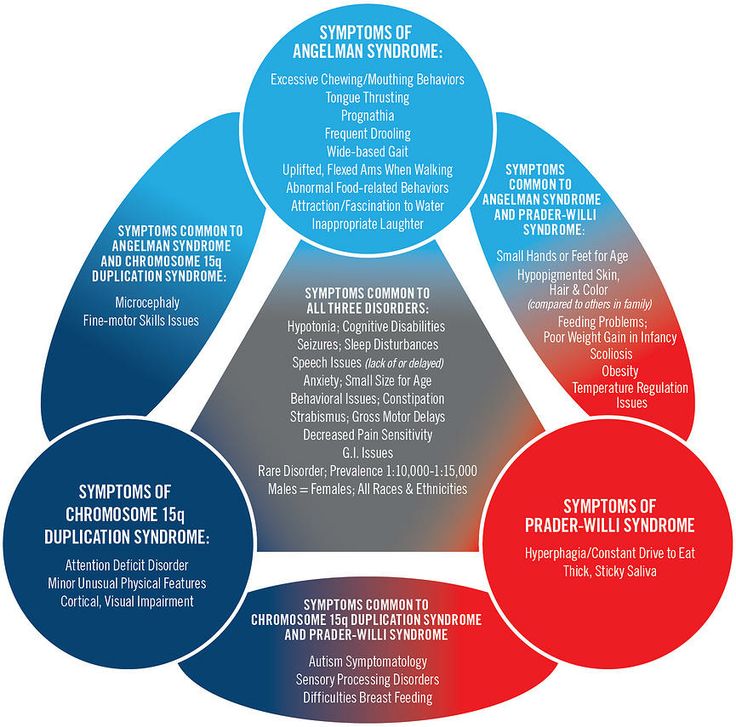
Legislation and community support programs can help adults with developmental disorders gain employment, maintain relationships, and find ways to be independent in daily life.
Many childhood developmental disorders are treatable and can be managed throughout adulthood.
Therapy, medication, and the use of daily assistance will all depend on the disorder and impact it has on daily functioning.
If you suspect your child may be showing signs of a developmental disorder, a health professional can help.
Early diagnosis and intervention can make a difference and help your little one continue a developmental trajectory.
Physical assessments and baseline child development models can let you know how your child’s progress compares to others in their age group.
In most cases, symptom management is possible and helpful.
Every child is unique and will develop at their own pace. However, in some cases, factors like genetics, biology, and injuries may get in the way of them reaching certain milestones.
Developmental disorders can result in specific challenges for a child. These can affect mobility, learning, social interaction, sensory input, and other aspects of growing up.
In most cases, professional intervention and home stimulation can help your child overcome or manage these symptoms.
Childhood Developmental Disorders: Types and Symptoms
Our differences make us unique. For some children, individuality may include living with a developmental disorder.
Developmental disorders affect everyone differently. Your child might experience mild impairment, or they may need mechanical assistance during the day.
Living with a lifelong condition doesn’t mean quality of life is absent, however. Children can lead full, happy lives, even when faced with developmental challenges.
Developmental disorders, sometimes referred to as childhood disorders, are physical or brain-based conditions that affect a child’s progress as they grow and develop necessary life skills.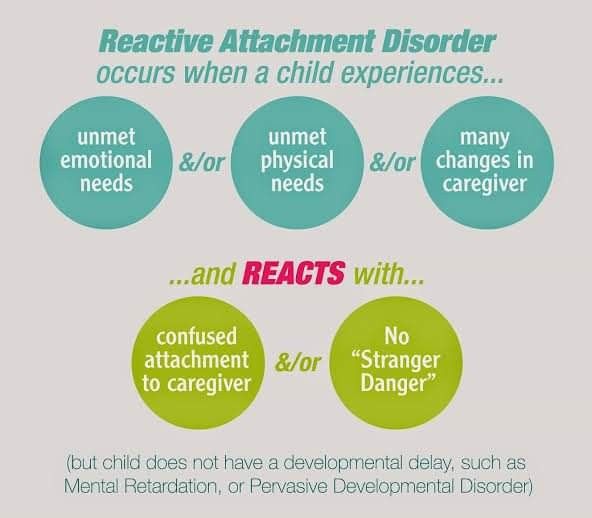
These disorders may impact areas such as:
- mobility
- biological function
- cognition (learning)
- physical or emotional independence
- language
- the five senses and perception
- social skills
Many childhood developmental disorders are present before birth and last throughout life. They may also occur as the result of injury, trauma, or other medical factors during childhood.
What’s the most common childhood developmental disorder?
Childhood developmental disorders can affect anyone of any race, gender, or national origin.
In the United States, approximately 17% of children between the ages of 3 and 17 live with at least one developmental disorder.
A 2019 review examining studies between 2009 and 2017 revealed that attention deficit hyperactivity disorder (ADHD) was the most commonly seen developmental disorder in children.
Any condition that impacts development in childhood and persists into adulthood may be classified as a childhood developmental disorder.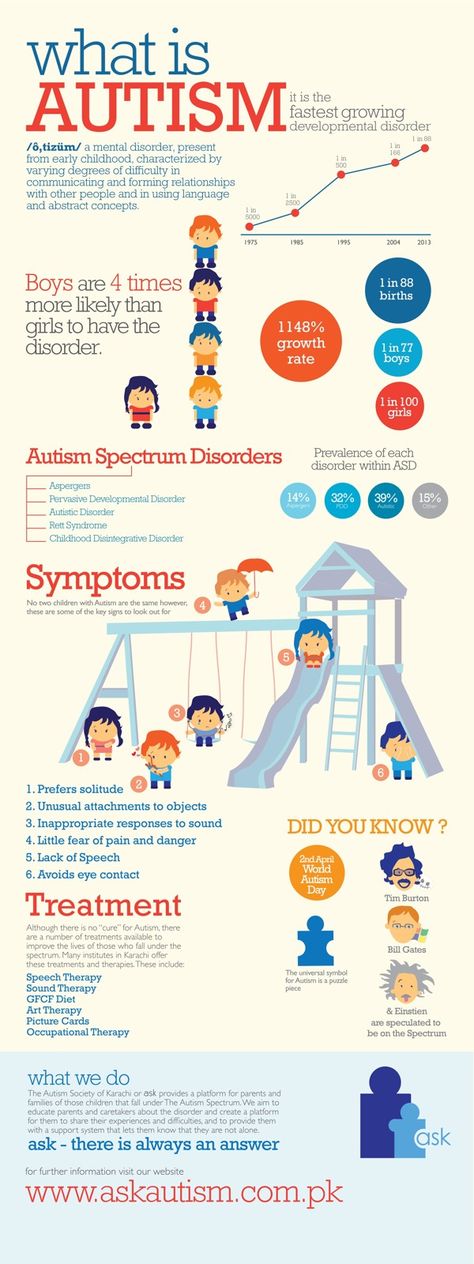
Not all developmental disorders impact a large number of children. Your child may live with a rare genetic trait or experience an injury that causes long-term, unique effects.
Common developmental disorders include:
- autism spectrum disorder
- learning disorders
- ADHD
- fetal alcohol spectrum disorders
- language disorders
- physical challenges
- other developmental delays
Autism spectrum disorder
While often lumped in under “learning disorders,” autism is a neurodevelopmental disorder and doesn’t always affect your child’s ability to learn.
Instead, behavior, communication, sensory, and social skills challenges may be the most noticeable signs.
While there may also be learning difficulties in some skill areas, many autistic children are gifted.
Learning disorders
There are three main types of learning disorders that can affect how well your child processes information.
These disorders can be present no matter what your child’s intelligence level is.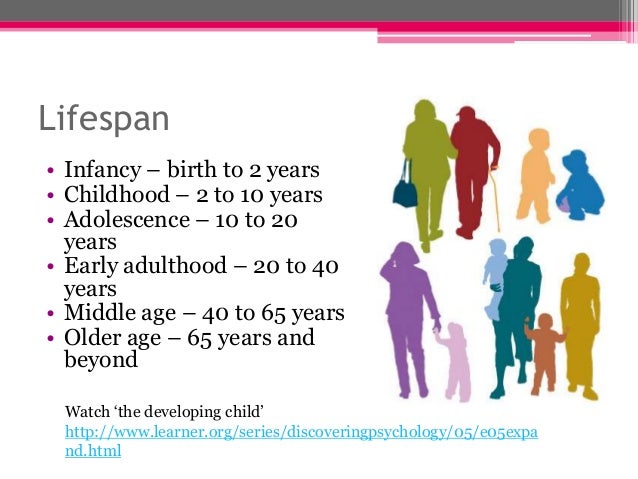 Learning disorders have to do with academic weak spots, not smarts.
Learning disorders have to do with academic weak spots, not smarts.
Reversing letters while reading or difficulty distinguishing left from right could indicate a learning disorder.
Some children may also find math challenging or may have difficulty with writing skills.
Common learning disabilities include:
- dyslexia
- dysgraphia
- dyscalculia
ADHD
Like autism spectrum disorder, ADHD is often incorrectly considered a learning disorder.
Symptoms of ADHD can include hyperactivity and difficulty focusing on the task at hand. These could lead to challenges in a learning environment, but they aren’t a learning disability.
Fetal alcohol spectrum disorders
Fetal alcohol spectrum disorders result from a birthparent consuming alcohol during pregnancy.
Known as FASDs, these conditions may cause a number of side effects for the growing fetus and baby, including:
- low body weight
- non-typical facial features
- vision and hearing problems
- cognitive difficulties
- executive functioning challenges
Common types of FASDs include:
- fetal alcohol syndrome (FAS)
- alcohol-related birth defects (ARBD)
- alcohol-related neurodevelopment disorder (ARND)
- neurobehavioral disorder associated with prenatal alcohol exposure (ND-PAE)
Language disorders
If your child experiences challenges related to communication, a language disorder may be the cause.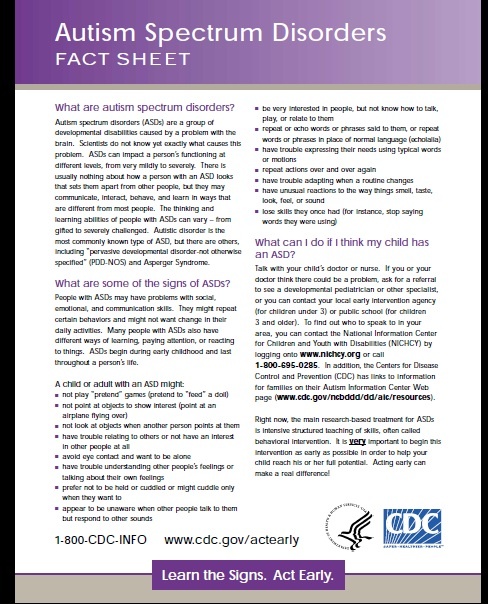
Language disorders can include symptoms such as:
- stuttering or stammering
- not understanding words
- inability to express themselves
- difficulty speaking words or making sentences
- delayed ability to speak
Common language disorders include:
- auditory processing disorder
- aphasia
Intellectual disorders
Intellectual disorders aren’t the same as learning disorders.
Intellectual disorders are diagnosed when a child has lower capacity for reasoning, learning, and applying skills. This refers to “IQ”, or intelligence quotient.
Lower than average IQ can be reflected in daily functioning and is the primary trait of intellectual disorders.
Your child may experience an intellectual disorder as the result of a different, co-occurring developmental disorder, such as fetal alcohol syndrome.
Physical challenges
Childhood developmental disorders often present as physical challenges.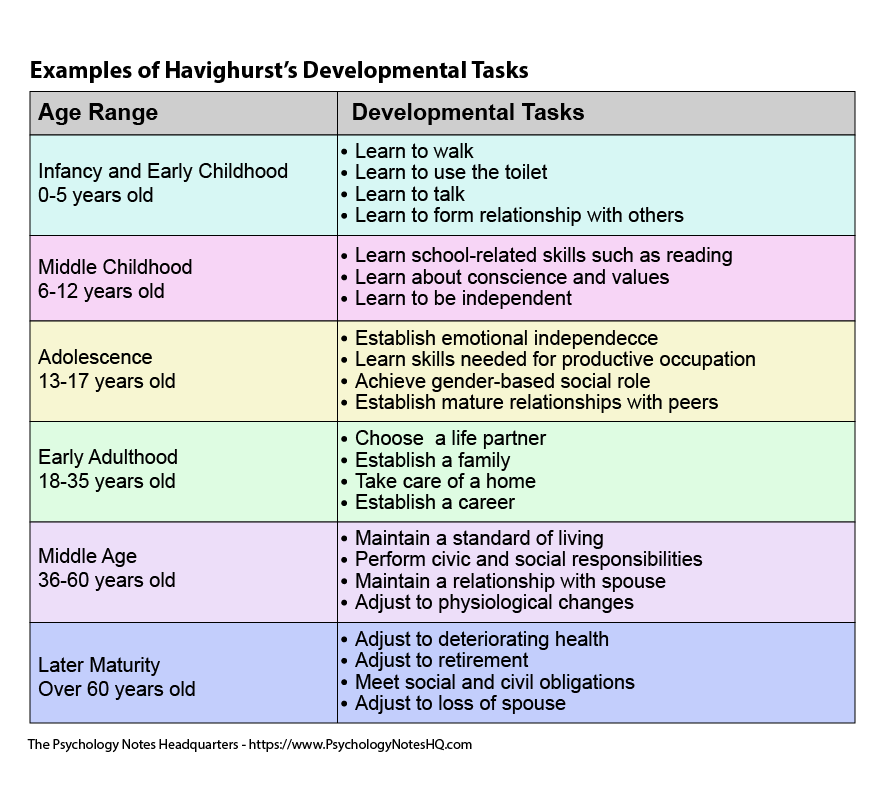
It may be something obvious, such as a physical difference that requires the use of a wheelchair, or it may be something less visible, such as a change in brain structure.
Common childhood developmental disorders with physical challenges include:
- cerebral palsy
- muscular dystrophy
- spina bifida
Other developmental delays
Not every delay is a disorder. Some children may take longer than others to develop certain skills or hit specific developmental milestones.
Your child may take an extra 3 months to start walking, for example, but this may never develop into something that impacts adult life.
In some cases, your child may present with a developmental disorder that can’t be clearly defined. This doesn’t mean what they’re experiencing isn’t real.
Your child may be living with a developmental disorder that shares traits with many other conditions and can’t be classified as a single diagnosis.
Developmental disorder vs.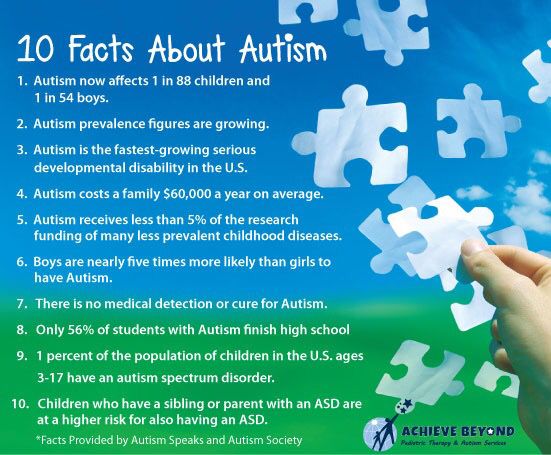 intellectual disability
intellectual disability
Intellectual disabilities are conditions that negatively impact a child’s IQ.
Developmental disorders, on the other hand, don’t necessarily have to do with intelligence.
While they can include intellectual disability, developmental disorders may also only affect behavior, mobility, or other aspects of a child’s development and growth.
The impact of a childhood developmental disorder on adulthood may depend on the type and severity of the condition and the area of development it impacts.
Some conditions, like anxiety or depression, can be treated and managed from childhood through adulthood.
Other conditions, such as those related to language, may be outgrown with the help of targeted therapy and repetition.
Genetic traits or physical challenges that result in a developmental disorder may require mechanical aids, such as prosthetics or mobility chairs.
Many children adapt to life with a developmental disorder.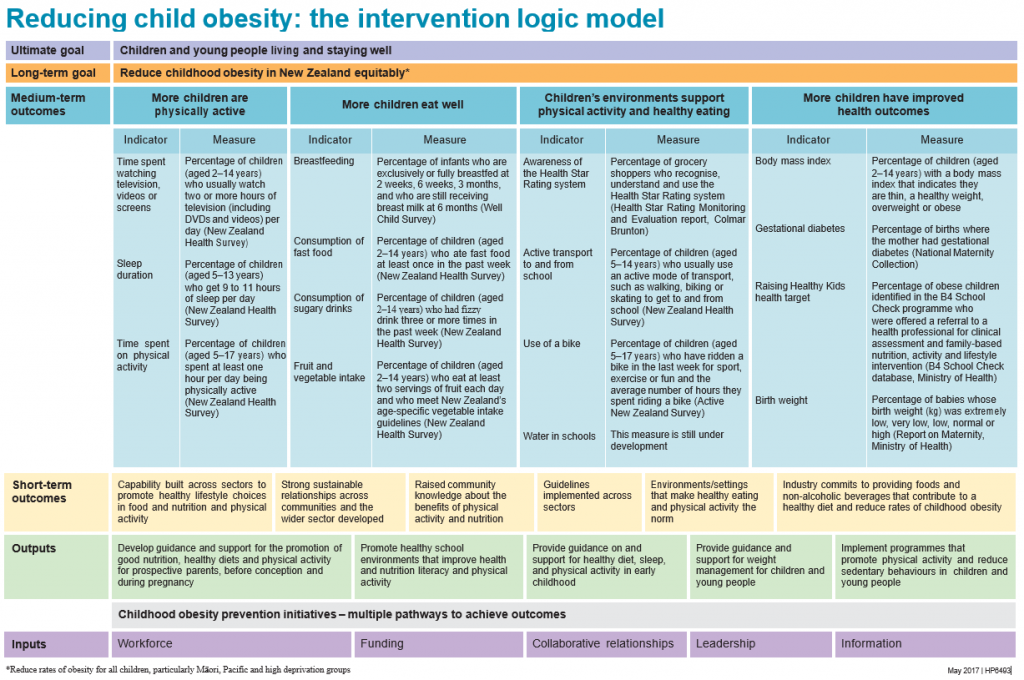 If it’s always been a part of their lives, they often learn early how to accomplish things in their own way. It’s also typical to see them develop additional skills in other areas that help them cope with their challenges.
If it’s always been a part of their lives, they often learn early how to accomplish things in their own way. It’s also typical to see them develop additional skills in other areas that help them cope with their challenges.
When they reach adulthood, new situations may test that ability to adapt.
Adults living with developmental disorders, like learning disabilities, may meet challenges related to:
- employment
- education
- relationships
- independence
Assistance and symptom management are available in all of these areas.
Legislation and community support programs can help adults with developmental disorders gain employment, maintain relationships, and find ways to be independent in daily life.
Many childhood developmental disorders are treatable and can be managed throughout adulthood.
Therapy, medication, and the use of daily assistance will all depend on the disorder and impact it has on daily functioning.
If you suspect your child may be showing signs of a developmental disorder, a health professional can help.
Early diagnosis and intervention can make a difference and help your little one continue a developmental trajectory.
Physical assessments and baseline child development models can let you know how your child’s progress compares to others in their age group.
In most cases, symptom management is possible and helpful.
Every child is unique and will develop at their own pace. However, in some cases, factors like genetics, biology, and injuries may get in the way of them reaching certain milestones.
Developmental disorders can result in specific challenges for a child. These can affect mobility, learning, social interaction, sensory input, and other aspects of growing up.
In most cases, professional intervention and home stimulation can help your child overcome or manage these symptoms.
Mental retardation (MPD) in children
Children's Medical Center of Neurology and Pediatrics offers you a service for the treatment and prevention of mental retardation in children.
Mental retardation (MPD) in children is a violation in the formation and development of the child's mental functions and skills, lagging behind the norm of mental development in general, or any of its individual functions.
The peculiarities of children with mental retardation include not only mental underdevelopment (or delayed development), but also violations of the emotional-volitional sphere of the child, delays in intellectual growth. Children with mental retardation prefer play activities more, their thinking remains immature longer, and basic knowledge is specific and scarce. Most often, their intellectual level is much lower than that of their peers.
However, the diagnosis of DID is not clinical and all of the above is completely reversible.
The concept of mental retardation (PD)
The concept of mental retardation includes a complex mechanism of interaction with the outside world, every second analysis of ongoing changes, reactions to emerging problems.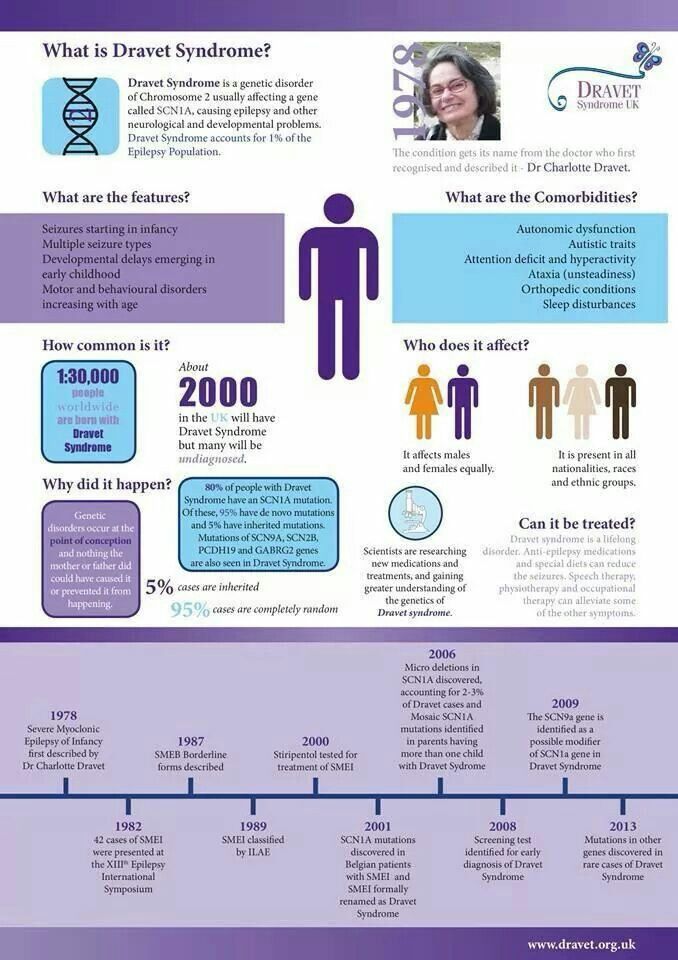
Every day we pass through ourselves a huge amount of very different information, analyze, draw conclusions, store the received material in memory. This allows us, as a species, to successfully evolve, to exist in this difficult world. The timely development of mental skills and abilities in children allows them to become successful people in the future.
Today, more and more attention is paid to the intellectual development of children: teaching methods are being improved, work is being done with children with mental retardation, and the quality of education is improving. However, despite this, some children may experience learning difficulties, as well as the inability to master the school curriculum in its entirety.
Studies have shown that a child's readiness for intellectual activity is directly related to his mental and communicative development. And more and more parents are turning to pediatricians for help in order to prevent and correct possible delays and deviations in the psychomotor development of the child in time.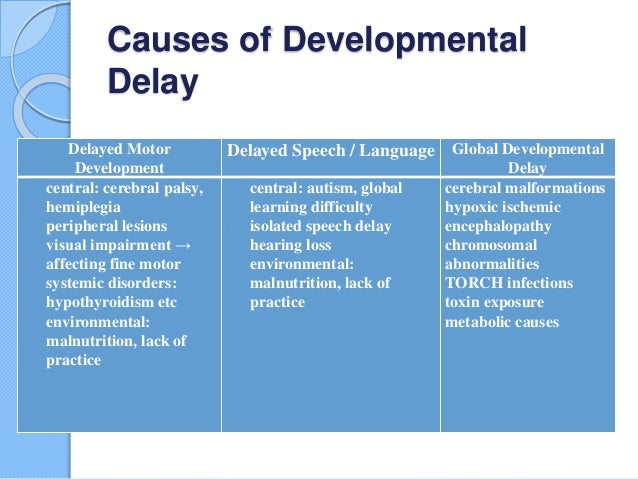
Causes and symptoms of mental retardation in children
Causes of mental retardation in children may include various factors:
- brain damage due to congenital diseases of the child, impaired normal development;
- mother's problems during pregnancy, difficult childbirth;
- chronic diseases of the mother, use of alcoholic beverages during pregnancy, psychotropic drugs, etc.;
- hereditary factors are also often the cause of the development of mental retardation in children;
- unfavorable conditions at home, problems with education, poor care or complete neglect.
To identify the causes of developmental delay, it is necessary to undergo a comprehensive examination. Each person is unique and inimitable in his own way, so there are many individual concomitant factors that are, ultimately, the causes of the lag in the development of the child. Sign up to our specialists for the detection of ZPR at an early stage.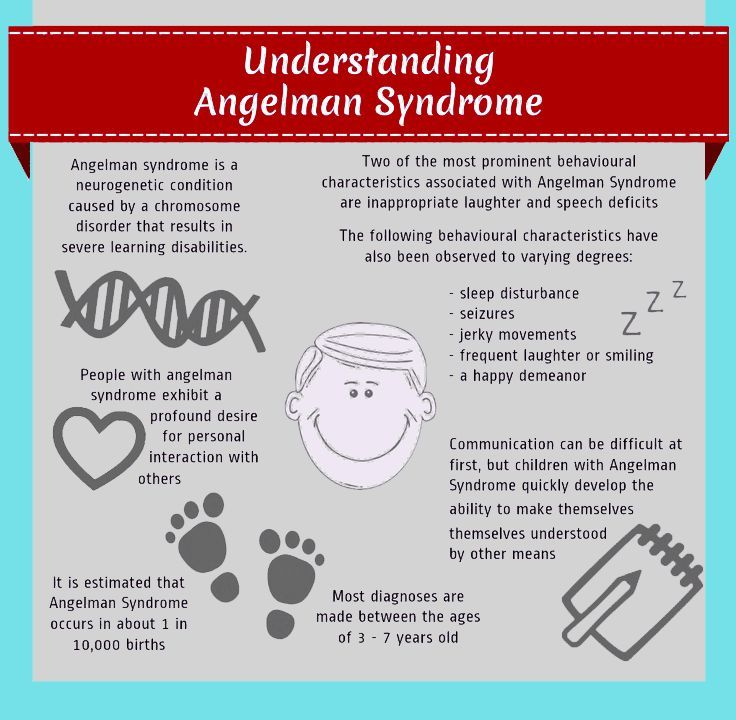
Symptoms of mental retardation in children are usually detected at 5 years of age. But there are some points that may indicate possible problems in the future and at an earlier age.
What you should pay attention to first of all:
- lagging behind peers in the psycho-emotional sphere: as a rule, it manifests itself in a lack of self-control, serious mood swings, isolation and excessive emotional shyness;
- problems with concentration: the child is not able to concentrate on any activity, is often distracted and switched to something else, while another activity is not able to take a long time;
- problems with the perception of the surrounding reality: the child does not recognize objects, does not recognize simple schemes and contours of drawings;
- deviations in the development of memory: there is no cognitive activity characteristic of peers, quickly forgets the material covered, the rules of games, etc.
 In play activities, the child is prone to monotonous actions, the plot does not differ in variety, is straightforward;
In play activities, the child is prone to monotonous actions, the plot does not differ in variety, is straightforward; - problems with the development of speech skills: manifested in a poor vocabulary;
- general developmental delay, lack of thinking skills.
Diagnosis of mental retardation (PD) in children
In most cases, parents seek advice from specialists when the child is 7-8 years old, when the first problems with school performance occur. However, it is recommended to carry out the diagnosis of ZPR much earlier.
If you notice a slowdown in the development of motor skills or speech in a child, the appearance of problems with memory and attention, if there are difficulties in mastering the training program in kindergarten, then most likely your child is shown a diagnosis of mental retardation in order to identify symptoms, causes of mental retardation, if any are found, as well as the appointment of timely treatment, a corrective program and consultations of related specialists. The main diagnosis is possible only after a comprehensive diagnosis.
The main diagnosis is possible only after a comprehensive diagnosis.
A neurologist deals with the treatment and development of children with mental retardation, he will help to find the cause of the disease. You can book a consultation right now!
Examination of a child with mental retardation is carried out by several methods: full-scale examinations by specialized specialists, neuropsychological testing, MRI of the brain, CT and EEG may be required.
Treatment of mental retardation in children
When the diagnosis of mental retardation is accurately made, the doctor prepares an individually tailored treatment in accordance with the developmental characteristics of each child individually. The rehabilitation program should be comprehensive, assistance should be provided not only by doctors and specialists, but also by parents.
The atmosphere in the family plays a fundamental role. A favorable outcome of the treatment of mental retardation in children largely depends on the behavior and mood of adults.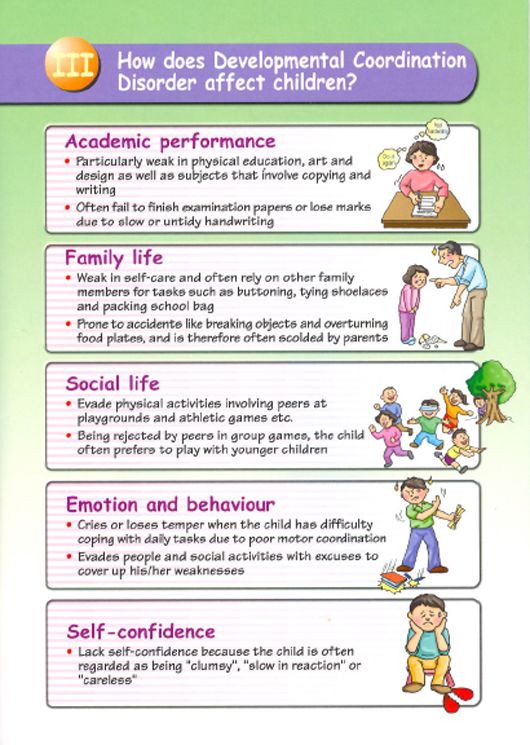 It must always be remembered that such children require a special approach. It is necessary to praise the child as often as possible, to encourage, the support of parents will give him confidence. Communicate, try always and everywhere to discuss what you see with your child, ask him about his impressions, joke and laugh together, and let only a good mood be in your house. The result will not be long in coming. Over time, your child will definitely catch up with their peers, and all difficulties will be left far behind.
It must always be remembered that such children require a special approach. It is necessary to praise the child as often as possible, to encourage, the support of parents will give him confidence. Communicate, try always and everywhere to discuss what you see with your child, ask him about his impressions, joke and laugh together, and let only a good mood be in your house. The result will not be long in coming. Over time, your child will definitely catch up with their peers, and all difficulties will be left far behind.
You can read more about the correction of mental retardation in children at the link.
You can make an appointment with our doctors at our center on Kolomenskaya by phone +7 (495) 150-13-32
, or through the feedback form. You can see prices for a consultation here
Disorders in the psychophysical development of children
Disorders in the psychophysical development of children is a general name for a variety of developmental difficulties in children of any age, which is gradually replacing the previously used term "developmental anomalies in children" (as a synonym for the present time, the term “deviations in psychophysical development” is also used). 0003
0003
Disorders in psychophysical development include various difficulties associated with hearing, vision, speech, musculoskeletal system, mental retardation, emotional, intellectual problems, etc. In a broad sense, children with disabilities in psychophysical development can be considered all children with more or less pronounced difficulties. In practice, this term (as earlier the term “abnormal children”) is used to designate a category of children who, due to psychophysical disorders, need special conditions for education and upbringing. (See also “Children with Special Educational Needs”).
In the scientific tradition founded by L.S. Vygotsky in defectology distinguish between primary and secondary developmental disorders.
Primary disorders are damages (defects) of organs or systems that are biological in nature (for example, a violation of the auditory analyzer, visual analyzer, local or massive disorders of various parts of the central nervous system). They can be congenital or acquired.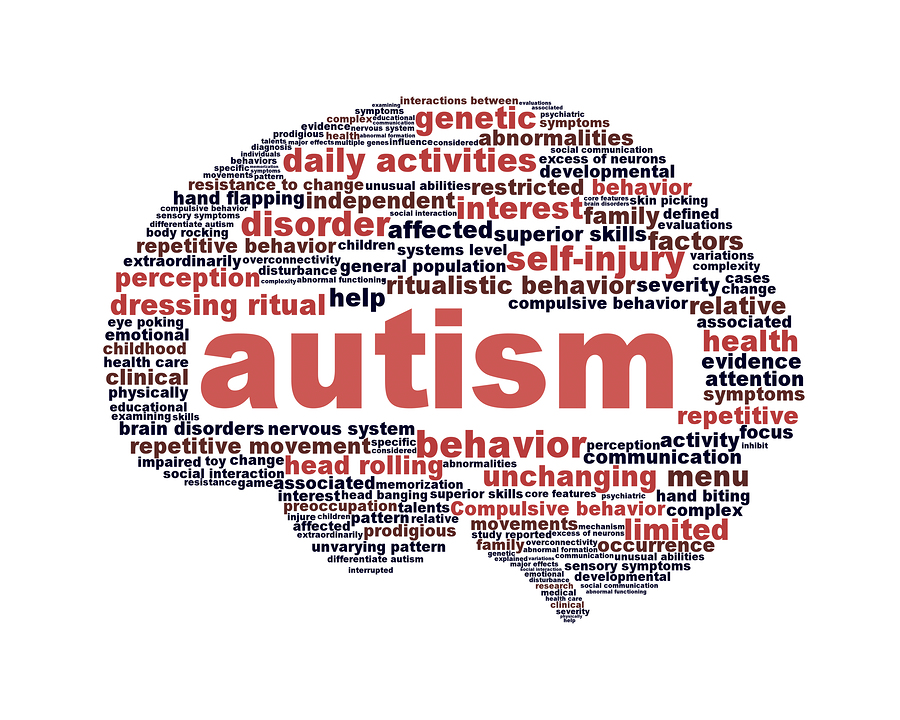 In the occurrence of congenital disorders, an important role is played by hereditary factors, harmful effects on the fetus during pregnancy (infections, intoxications, injuries), as well as asphyxia and birth injuries. Acquired disorders are the consequences of infectious diseases, injuries, intoxications, etc. suffered by the child.
In the occurrence of congenital disorders, an important role is played by hereditary factors, harmful effects on the fetus during pregnancy (infections, intoxications, injuries), as well as asphyxia and birth injuries. Acquired disorders are the consequences of infectious diseases, injuries, intoxications, etc. suffered by the child.
Primary disorders are corrected by means of medicine. An important role is played by advances in the development of medical technology (for example, hearing aids and cochlear implantation in the correction of hearing impairment, correction of visual impairment with glasses or lenses). Great hopes in preventing the appearance of primary developmental disorders in children are associated with the development of immunology and genetic engineering, etc.
Secondary deviations by their nature are qualitatively different from the primary ones, although they are derived from them. Their relationship does not have an unambiguous organic nature and is not as unconditional as it seemed before to researchers of childhood handicap.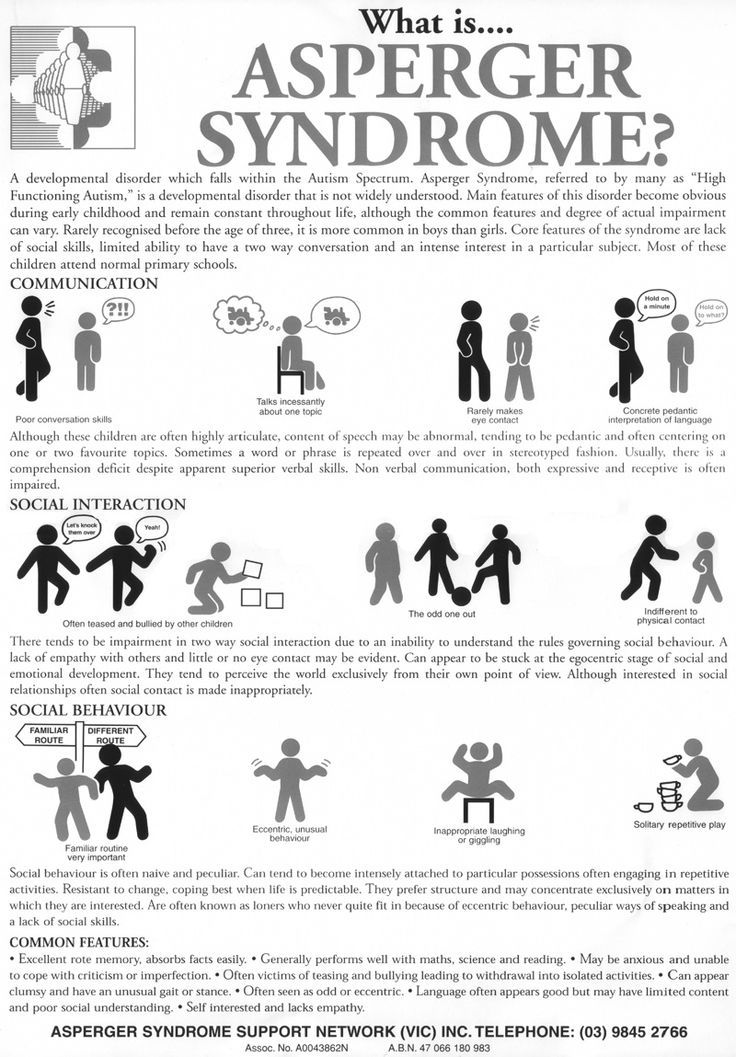 (Thus, muteness is a possible but not necessary consequence of deafness, and “moral handicap” is a possible but not necessary consequence of mental retardation.)
(Thus, muteness is a possible but not necessary consequence of deafness, and “moral handicap” is a possible but not necessary consequence of mental retardation.)
Secondary violations occur only when the primary ones lead to the child's “falling out” of the system of transmission of socio-historical experience that is obligatory for any society. Calling such fallouts “social dislocations”, L.S. Vygotsky emphasized that they could be prevented if “workarounds” were found to provide the anomalous child with access to culture as a source and means of developing higher mental functions and specifically human abilities. In these cases, secondary violations do not become an inevitable consequence of primary ones.
In those cases where the education system is oriented mainly towards the normal type of development, there are no such “detours”, organic disorders lead to the formation of a complex picture of deviant development.
One organic disorder can cause a complex of “social dislocations”, and accordingly, a complex of secondary disorders.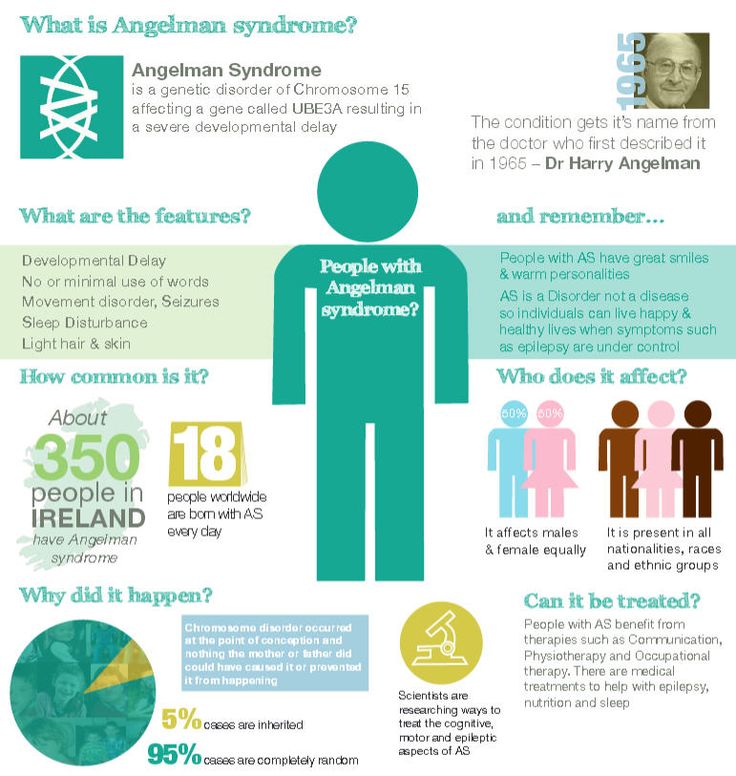 Uncorrected secondary disorders lead to “social dislocations” of the next order, which result in tertiary and other developmental disorders. For example, hearing impairment gives rise to problems in the development of age-appropriate forms of communication, the uncorrected nature of these problems causes underdevelopment of verbal speech, which in turn entails a violation of all lines of the child's cultural development, all higher mental functions.
Uncorrected secondary disorders lead to “social dislocations” of the next order, which result in tertiary and other developmental disorders. For example, hearing impairment gives rise to problems in the development of age-appropriate forms of communication, the uncorrected nature of these problems causes underdevelopment of verbal speech, which in turn entails a violation of all lines of the child's cultural development, all higher mental functions.
Since secondary (tertiary, etc.) disorders do not have a direct organic nature, they do not require correction by means of medicine (as, for example, dumbness in a deaf from birth and a specially trained person does not need medical treatment). The prevention and correction of such violations, social in nature, are within the competence of special psychologists and educators and are carried out by means of education, using “workarounds” to solve those tasks of cultural development that, under normal conditions, are achieved by traditional methods.
Special approaches have been developed in domestic defectology and experience has been gained in successful practical correction and prevention of the occurrence of secondary disorders in the mental development of children. So, in the conditions of special organized early education in a deaf child (even in the case of congenital neurosensory deafness), a full-fledged verbal speech can be formed, both in oral and written form; blind children can learn to read and write, freely, without outside help, navigate in space, etc.
To describe the origin, combination and relationship (interdependence) of various disorders in the development of each individual child, L.S. Vygotsky suggested using the terms “defect structure” or “violation structure”. Determining the structure of disorders is one of the most important tasks of complex medical, psychological and pedagogical diagnostics. The effectiveness of complex assistance to the child depends on the accuracy of its solution.
To determine the strategy and tactics of such assistance, it is fundamentally important to distinguish combinations of one primary and a complex of secondary and tertiary disorders from possible various combinations of multiple (two or more) different primary developmental disorders. In these cases, they speak of complex, complex, or combined disorders (for example, impaired hearing and vision, hearing and intelligence, hearing and the musculoskeletal system, etc.).
In these cases, they speak of complex, complex, or combined disorders (for example, impaired hearing and vision, hearing and intelligence, hearing and the musculoskeletal system, etc.).
Differentiation of primary and secondary disorders in the development of a child, the logic of their complex relationship is quite clearly presented and comprehended in various branches of modern defectology, but is not yet sufficiently reflected in its terminological apparatus. At the present stage, the term “disorders in psychophysical development” is used to characterize both primary and secondary disorders in the mental development of a child. So, applying the term “child with visual impairment” to a visually impaired child, specialists can mean both a violation of the functioning of one of the departments of the visual analyzer (retina, optic nerve, etc.), a violation of visual perception as a higher mental function, as well as and a certain complex of features of the mental development of a child with visual impairment, characteristic of a certain system of his upbringing and education.